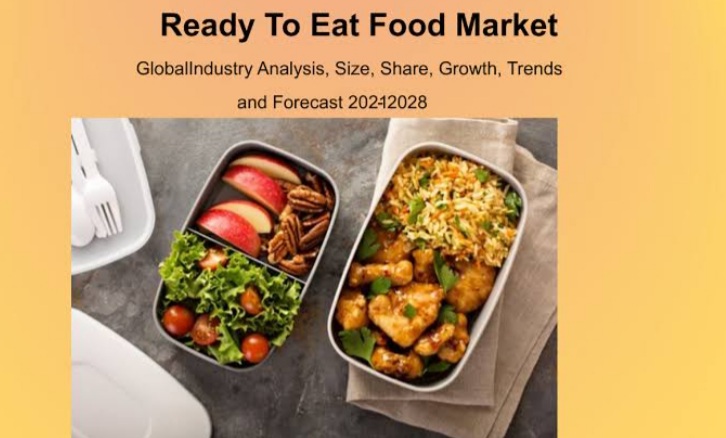Now Reading: Convenience and Ready-to-Eat Food Options: Transforming the US Retail Industry
-
01
Convenience and Ready-to-Eat Food Options: Transforming the US Retail Industry
Convenience and Ready-to-Eat Food Options: Transforming the US Retail Industry

Convenience and Ready-to-Eat Food Options: A Game Changer in the US Retail Sector
Introduction
Convenient, ready-to-eat foods are becoming increasingly popular in U.S. retail stores. With lifestyles and consumer preferences rapidly changing, these products have revolutionised the way people buy and consume food. This article examines the growth, benefits, challenges, and future prospects of convenience foods in the U.S. retail industry.
The rise of convenient instant foods
The US retail industry has seen a significant increase in sales of processed and ready-to-eat foods. According to a report by Grand View Research, the global ready-to-eat food market is expected to reach $244.3 billion by 2027, with North America playing a key role. This growth can be attributed to several factors, including an increase in dual-income households, an increase in people living alone, and a desire for time-saving solutions.
Convenience and the benefits of ready-to-eat meals
The convenience and availability of ready-to-eat foods offers many benefits to consumers. First, you can easily eat light meals and snacks without extensive preparation, saving you time and effort. This is especially great for busy professionals, students, and families with busy schedules. Additionally, these options are also convenient in terms of portability, allowing people to enjoy meals on the go. Additionally, convenient, ready-to-eat meals offer a wide range of options to meet different dietary preferences and restrictions. Whether it’s vegetarian, gluten-free or organic, consumers can find options that suit their needs. The availability of a variety of dining options improves the overall dining experience and promotes inclusivity.
Problem and solution
Convenient, ready-to-eat meals are growing in popularity, but they also face unique challenges. One of the issues lies in the nutritional value and quality of these products. Many ready-to-eat foods are high in sodium, preservatives, and additives. To address this issue, retailers are increasingly offering healthier alternatives, such as organic and natural products, while providing transparent labels and nutritional information. Another problem is food waste. Using pre-packaged ready-to-eat foods runs the risk of producing too much product, leading to increased waste. To combat this, retailers are investing in environmentally friendly packaging and implementing strategies to minimise food waste, including donation programs and partnerships with food recovery organisations.
Future prospects
The future of convenient convenience foods in U.S. retail is bright. The COVID-19 pandemic has led to people prioritising security, convenience, and contactless transactions, further increasing demand for these services. This has led to increased investment in technology such as mobile ordering and delivery apps to improve the consumer experience. Additionally, as consumers become more health conscious, the industry is seeing a shift towards healthier and more sustainable options. Retailers are working to incorporate organic, plant-based, and local ingredients into convenient, ready-to-eat foods.
Conclusion
Ready-to-eat foods and ready-to-eat meals are transforming the U.S. retail industry, meeting the needs of busy consumers who want quick, hassle-free foods. Continuing advances in sustainability, nutritional value, and consumer preferences offer a wide range of convenient and satisfying food options, and the future is bright for this sector.










